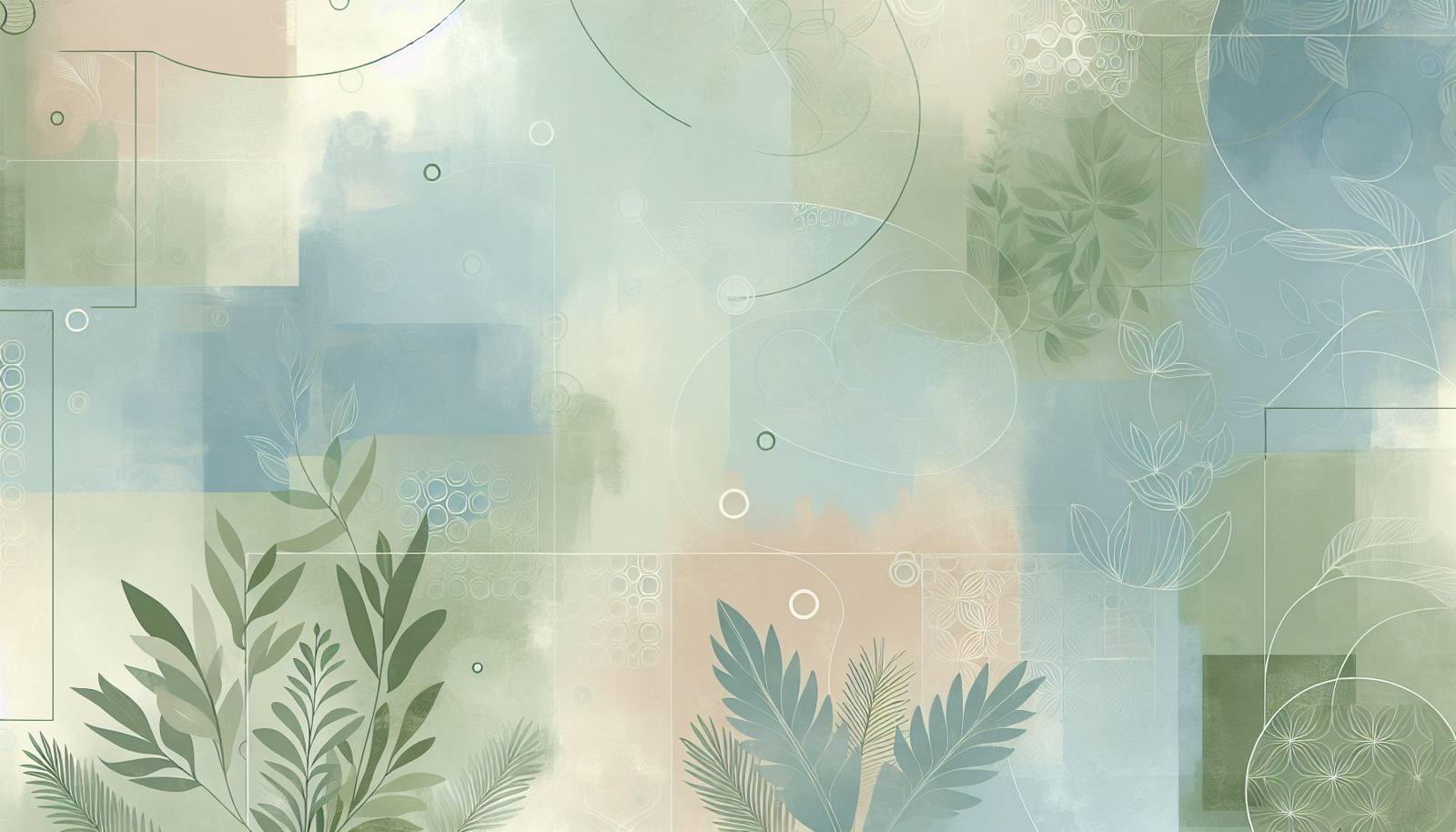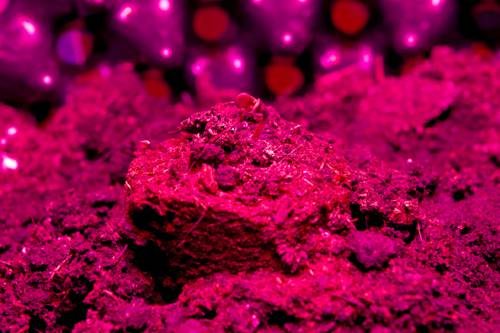
FAQ About Indoor Plant LED Lighting Innovations

What are LED lights, and why are they popular for indoor plant growth?
LED lights, or Light Emitting Diodes, are a type of lighting technology that converts electricity into light using semiconductor materials. They are popular for indoor plant growth due to their energy efficiency, low heat emission, longevity, and ability to emit specific light spectra beneficial for plants. LED lights can be tailored to provide the blue and red wavelengths that plants need for photosynthesis, making them a versatile and effective tool for indoor gardening.

How do LED lights compare to traditional lighting options for plant growth?
Compared to traditional lighting options like fluorescent or incandescent bulbs, LED lights offer several advantages for plant growth. They consume less energy, produce less heat, and have a longer lifespan, reducing the need for frequent replacements and lowering electricity costs. Additionally, LED lights can be customized to emit specific wavelengths of light that are optimal for plant growth, which is not possible with traditional lights. This ability to tailor the light spectrum makes LEDs more effective in promoting photosynthesis and plant development.

Can LED lights damage indoor plants if used incorrectly?
While LED lights are generally safe for indoor plants, improper use can harm them. Using LEDs with incorrect light intensity or positioning lights too close to plants can cause leaf burn or stress. It's important to match the light output to your specific plant's needs and to position the lights at an appropriate distance. Monitoring plant health regularly can help adjust lighting to ensure optimal growth conditions.

What are the energy efficiency benefits of using LED lights for indoor plants?
LED lights are highly energy-efficient, using approximately 50-70% less electricity compared to traditional lighting solutions like fluorescent or incandescent bulbs. This energy efficiency not only reduces electricity bills but also makes LEDs a more environmentally friendly option. Thanks to their low heat emission, LEDs contribute to a more stable indoor climate, reducing the need for additional cooling mechanisms in tightly controlled environments like greenhouses or small indoor setups.

How does the spectrum of LED lights affect plant growth?
LED lights can be designed to emit specific wavelengths crucial for different plant growth stages. Blue light is essential for vegetative growth and leaf development, whereas red light promotes flowering and fruiting. By using LEDs that combine both blue and red wavelengths, gardeners can optimize the photosynthetic process. Some advanced LED systems allow adjustments to the spectrum to cater to different growth phases, offering more control over plant development.

Are there any specific LED light features to look for when purchasing for indoor plants?
When purchasing LED lights for indoor plants, look for features such as full-spectrum capability, adjustable light intensity, and energy efficiency. Full-spectrum LED lights mimic natural sunlight and are beneficial for all growth stages. The ability to adjust light intensity ensures that plants receive the right amount of light without the risk of overexposure. Additionally, considering bulbs or fixtures with a high power factor and long lifespan can provide cost savings over time.

Do LED grow lights require special fixtures or fittings?
LED grow lights do not necessarily require special fixtures or fittings, but choosing the right setup depends on your specific growing space and plant needs. There are various LED grow lights, from panels and strips to bulbs that fit standard lamp sockets. It's essential to consider the light coverage, intensity, and scalability of the setup to ensure it matches your particular indoor gardening requirements.

How do I determine the best placement for LED lights in my indoor garden?
Correct placement of LED lights in an indoor garden is crucial for optimal plant growth. Position the lights so that they evenly cover the plants without causing excessive heat or light exposure. Generally, lights should be placed 12-36 inches away from the plants, depending on the light intensity and plant type. Regularly monitor your plants for signs of inadequate lighting or light stress and adjust the positioning as needed.

What are the maintenance requirements for LED grow lights?
LED grow lights require minimal maintenance compared to traditional bulbs. Basic upkeep includes keeping the lights clean from dust and debris to ensure optimal performance and checking connections and settings regularly. Due to their long lifespan, typically extending over 50,000 hours, LED lights rarely need bulb replacements, which reduces overall maintenance efforts.

Can LED lighting innovations affect plant growth rates?
Yes, innovations in LED lighting technology can significantly affect plant growth rates. Modern LED lights are designed to provide optimal spectral efficiency and light intensity tailored for various plant species and growth stages. By fine-tuning these aspects, LED lights can accelerate the growth rate, enhance nutritional content, and improve yield. This makes LED technology a powerful tool for efficient and effective indoor farming.

What is the role of LED color temperature in plant growth?
LED color temperature, measured in Kelvin (K), indicates the tone of the light emitted, ranging from cool to warm. Cool white LEDs, around 5000-6500K, are rich in blue light, which encourages vegetative growth. Warm white LEDs, about 2700-3000K, contain more red wavelengths, suitable for flowering and fruiting phases. Choosing the right color temperature helps simulate natural conditions that support specific plant growth stages.

Are LED lights suitable for all types of indoor plants?
LED lights can be suitable for a wide variety of indoor plants, from herbs and leafy greens to flowering plants and succulents. However, the suitability depends on the specific light requirements of each plant species. It's important to research or consult with experts to understand the ideal light spectrum and intensity necessary for your particular plants. Most LED grow lights are versatile enough to accommodate different plant types when configured correctly.

How does the cost of LED grow lights compare to traditional lighting?
While the initial cost of LED grow lights can be higher compared to traditional lighting options like fluorescent or incandescent bulbs, they tend to be more cost-effective in the long run. LEDs have a longer lifespan and are more energy-efficient, leading to savings on electricity bills and fewer replacements over time. This makes them a worthwhile investment for serious indoor gardeners looking for sustainable and economical lighting solutions.

What are full-spectrum LED grow lights, and why are they important?
Full-spectrum LED grow lights are designed to mimic natural sunlight by providing a balanced range of wavelengths necessary for plant growth. These lights include blue, red, and green wavelengths, closely resembling the solar spectrum. Full-spectrum lights are important because they support all stages of plant growth, from seedling to maturity, and offer gardeners the flexibility to cultivate a variety of plant species under a single lighting solution.

Do LED grow lights need timers, and what are the benefits of using them?
LED grow lights can benefit from being used with timers to automate light cycles, simulating natural day and night conditions. Using timers ensures that plants receive consistent photoperiods, promoting healthy growth and flowering. Automation helps reduce the workload for growers and prevents overexposure or insufficient lighting, which can lead to poor plant development.

How does the use of LED grow lights impact the environment compared to other lighting options?
LED grow lights are more environmentally friendly than traditional lighting options due to their high energy efficiency, lower carbon footprint, and longer lifespan. They consume less electricity and generate minimal heat, decreasing the demand for cooling systems. LED lights do not contain harmful materials like mercury, reducing the risk of environmental contamination and facilitating safer disposal. Their sustainability makes them an ideal choice for eco-conscious indoor gardening.

Can I use regular LED bulbs for growing indoor plants?
While it is possible to use regular LED bulbs for growing indoor plants, they may not be as effective as specialized LED grow lights. Regular LED bulbs might not offer the specific spectrum needed for optimal plant growth. Grow lights are specifically designed to emit wavelengths that support photosynthesis. If using regular LEDs, it's essential to understand the light requirements of your plants and adjust the setup accordingly to meet those needs.

What advancements in LED technology are enhancing indoor gardening?
Advancements in LED technology, such as adjustable spectrum capabilities, smart connectivity, and enhanced light efficiency, are significantly enhancing indoor gardening. LEDs now offer tunable spectrums that can be customized for different growth stages. Some modern systems integrate with smart devices, allowing for remote monitoring and control. Improved diode efficiency means even greater energy savings, making indoor gardening more sustainable and affordable.

Is there a difference between LED lights for hydroponics and soil-based indoor plants?
LED lights used for hydroponics and soil-based indoor plants can be similar, but each setup may require specific lighting adjustments. Hydroponic systems often use LEDs with higher intensity and specific spectrums to support rapid growth in nutrient-rich solutions. For soil-based plants, it's important to balance light intensity with environmental factors like humidity and temperature. Customizing LED lights to fit the growing medium can optimize plant health and yield in both systems.

What safety precautions should be taken when using LED grow lights?
When using LED grow lights, safety precautions include ensuring proper installation to prevent electrical hazards, using eye protection to guard against intense light exposure, and adhering to manufacturer guidelines on light placement and duration. Regularly inspect lights and wiring for damage, and ensure that electrical components are suitable for the environmental conditions, especially in humid or damp environments. Safe practice ensures efficient and risk-free operation of LED grow lights in indoor gardening setups.
